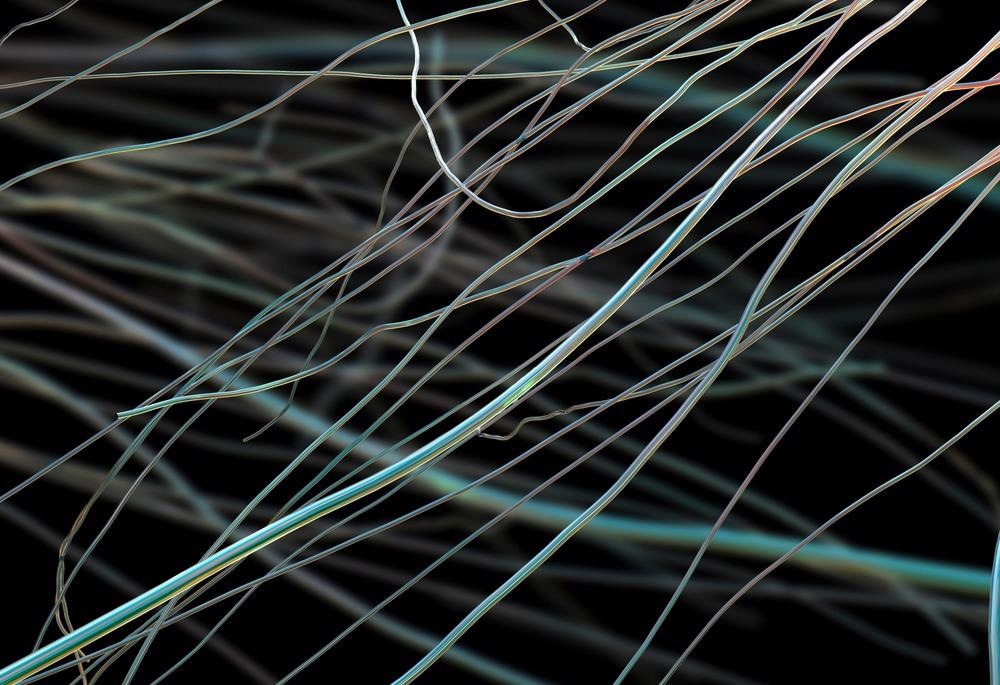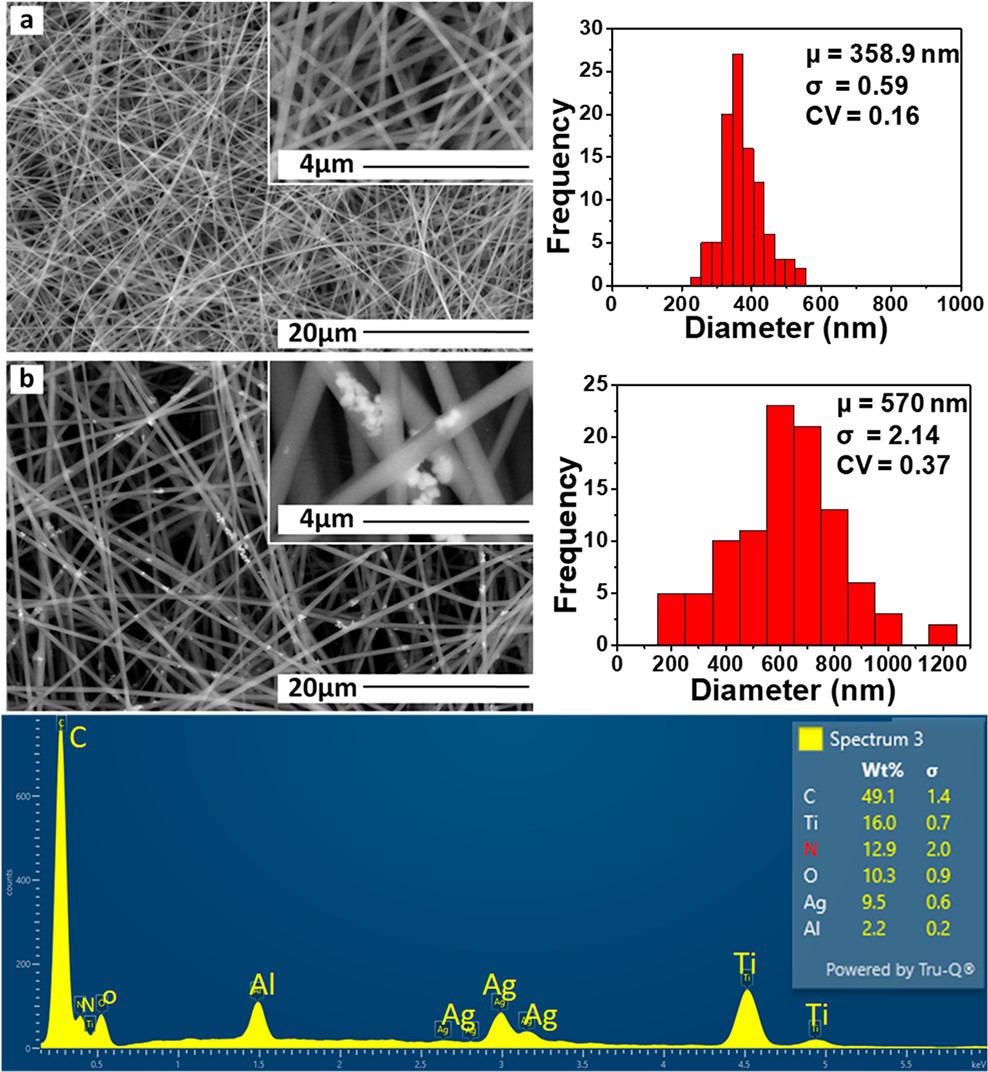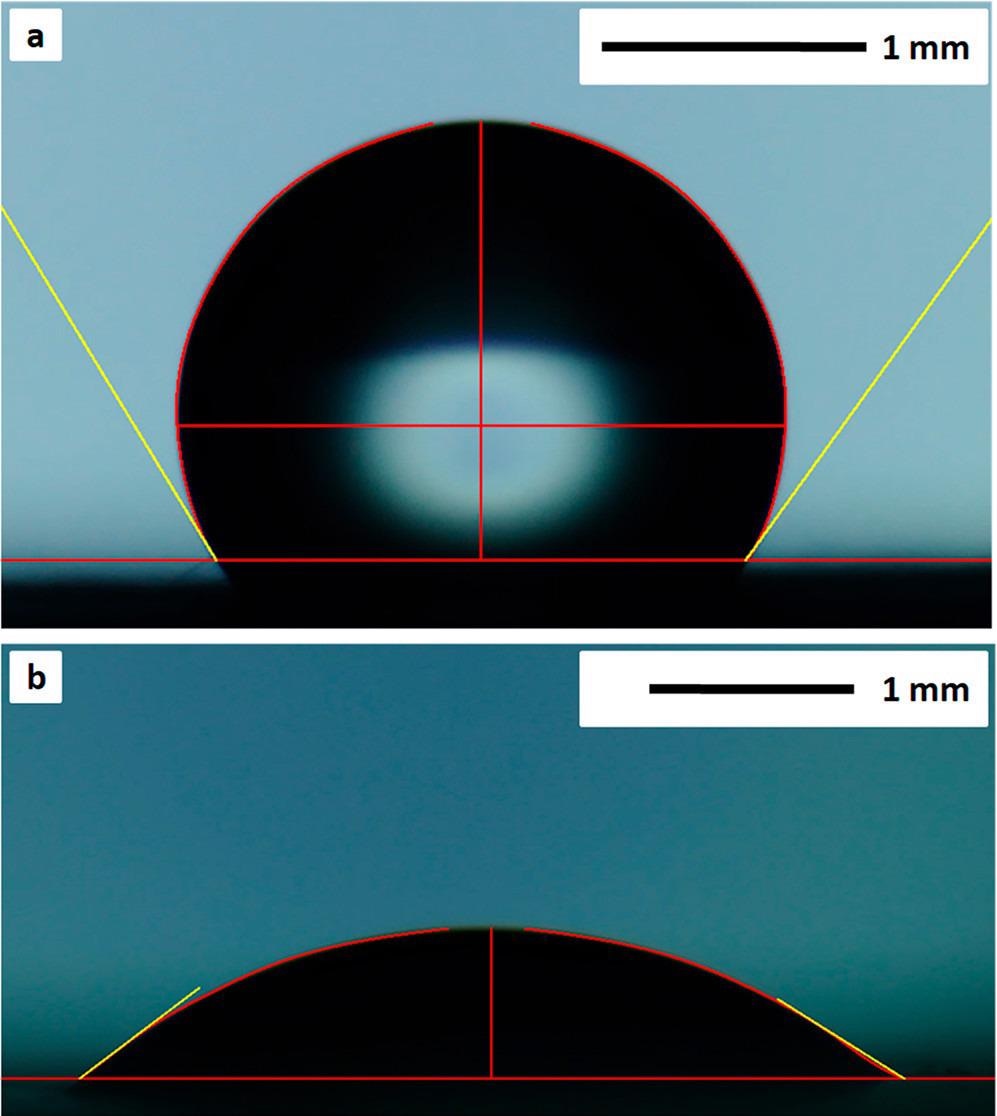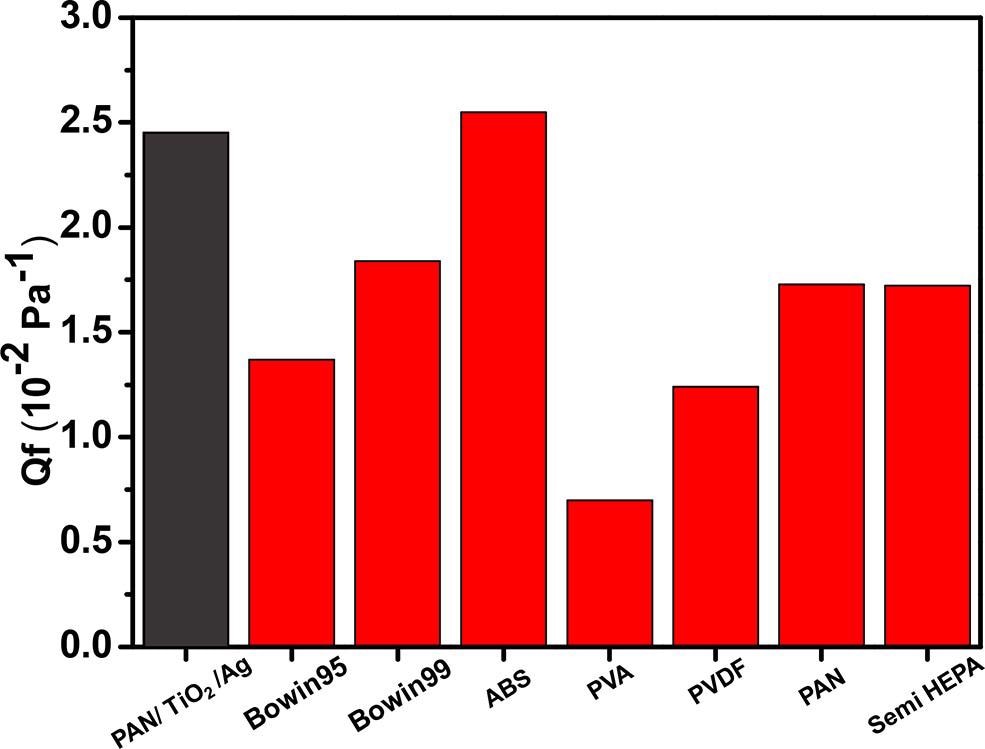Researchers from Indonesia have published an article in ACS Omega focussing on the synthesis of PAN-TiO2-Ag nanofibers membranes via an electrospinning process. The membrane was developed specifically so it could act as an effective air filtration equipment.

Study: Synthesis of Electrospun PAN/TiO2/Ag Nanofibers Membrane As Potential Air Filtration Media with Photocatalytic Activity. Image Credit: Kateryna Kon/Shutterstock.com
Harmful Effects of Air Pollution
Air pollution, which can contain hydrocarbons, nitrous oxides, and particulate matter 2.5 (PM2.5), is damaging to the nasal passages and is a risk factor of early mortality. Several studies have shown that high PM2.5 concentrations can induce a variety of respiratory illnesses as well as Alzheimer's disease and dementia.
Effectiveness of Face Masks
Wearing masks is a common approach to reducing human exposure to pollutants and preventing illness. With a 95 % effectiveness rating, the N95 facemask is among the most frequently utilized variation of face masks in the corporate world.
It is, however, only suggested for eight hours of usage before needing to be replaced with a fresh mask. Unfortunately, the usage of temporary masks increases the quantity of facemask waste, posing a significant risk to the environment. As a result, self-cleaning facemasks with superior air filtering capability are essential.

Figure 1. SEM images of (a) PAN and (b) PAN/TiO2/Ag nanofiber membranes. (c) EDS spectrum of the PAN/TiO2/Ag nanofiber membrane. © Hartati, Sri, et al. (2022)
Importance of Nanofibers
Nanofibers are 1-D structures with dimensions smaller than one millimeter. Owing to their tiny fiber diameter, high surface region, excellent surface stickiness, lightweight, and superior permeability, nanofibers have been employed in high-performance filtration systems. Their pore structures are narrow and convoluted, and they are connected like a barrier, allowing PM2.5 particles to be collected from the air while reducing pressure drop.
Why PAN/TiO2/Ag Nanofibers are Preferred?
PAN/TiO2/Ag Nanofibers are very effective keeping in mind their operational efficacy and usefulness. These nanofiber membranes have the potential to be used in wastewater treatment and possess high antibacterial action against Escherichia coli and Staphylococcus aureus as well as outstanding electrocatalytic effectiveness in dissolving dyes under the visible region. Furthermore, pure polyacrylonitrile (PAN) nanofiber membranes and PAN nanofibers containing active material are well-known as effective air filtration mediums with high PM2.5 removal.

Figure 2. Image of a water droplet on the surface of (a) PAN and (b) PAN/TiO2/Ag nanofiber membranes. © Hartati, Sri, et al. (2022)
Introduction to Electrospinning Process
Among the most frequent ways of producing nanofibers is electrospinning. A high-voltage generator, a syringe pumping mechanism, a nozzle, and a collector are the primary parts of the spinning process. The syringe pump ejects a free-flowing strand of precursor solution from a nozzle, while the solution is attracted to the collectors by the intense electrostatic interaction.
The shape of nanofibers may be adjusted by modifying process factors such as operational voltage, the separation between the nozzles and the collectors, flow velocity, and polymer solution saturation.
Results and Discussions
The FTIR spectrum showed that there is an interaction between Ag and TiO2, suggesting that TiO2 and Ag are reacting with one another. After one hour of Ultraviolet light exposure, the PAN nanofibrous barrier exhibited good dye degradation on 60 ppm methylene orange drops.
The deterioration with 80 ppm methylene orange drop, on the other hand, was not achieved. The inclusion of Ag with TiO2 reduced its optical absorption.

Figure 3. Quality factor of PAN and PAN/TiO2/Ag compared to results of other studies and commercial membranes. © Hartati, Sri, et al. (2022)
The woven or nonwoven nanofibrous membrane separation process with permeability is extremely effective in removing PM2.5 from the air. Pressure drop is an essential characteristic to consider when designing an air filtration system.
Under the same spinning time, the PAN nanofiber membrane displayed a bigger drop in pressure than the PAN/TiO2/Ag nanofiber film. The pressure loss was greatest in the PAN/TiO2/Ag nanofiber membrane (spun for 60 minutes).
The PAN/TiO2/Ag nanofibrous barrier had a nonhomogeneous dimension variation, resulting in huge holes. This large size of pores is less effective in filtering out the particles.
When both membranes were spun for 30 minutes, the PAN/TiO2/Ag nanofiber membrane demonstrated poorer effectiveness in filtering the PM2.5 than the PAN nanofiber membrane. This is due to the structure of the PAN nanofiber barrier. For 60 minutes of spinning, the PAN/TiO2/Ag membrane showed a 96.9 percent efficiency.
To summarize, the spin coating process was used to efficiently construct a PAN/TiO2/Ag nanofibrous barrier. The PAN/TiO2/Ag nanofibrous barrier has the capacity to be employed as a filtration systems material with self-cleaning capabilities.
Reference
Hartati, Sri, et al. (2022) Synthesis of Electrospun PAN/TiO2/Ag Nanofibers Membrane as Potential Air Filtration Media with Photocatalytic Activity. ACS Omega. Available at: https://pubs.acs.org/doi/10.1021/acsomega.2c00015
Disclaimer: The views expressed here are those of the author expressed in their private capacity and do not necessarily represent the views of AZoM.com Limited T/A AZoNetwork the owner and operator of this website. This disclaimer forms part of the Terms and conditions of use of this website.